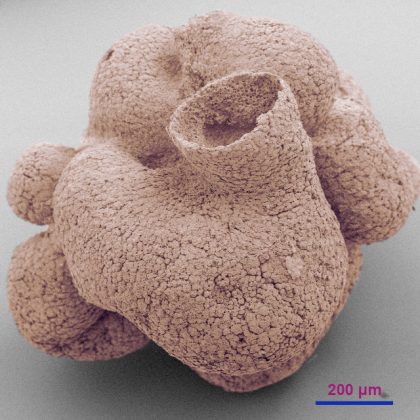The crustacean cuticle: a flexible biomaterial with exceptional properties
Crustaceans inhabit the earth from precambrian times with an explosion in abundance during the Cambrian period. They are mostly marine and freshwater animals but a small group of terrestrial isopod crustaceans lives permanently on land and help in soil production. Functionally they are insects within crustacean group and amphibious sea slaters are the most primitive members of the order Oniscidea.

Large members of the genus Ligia can be found along the Pacific coast in the rocky intertidal areas.
It is easy to watch them running from rock cracks during changing tidal waves , especially in the evening when they feed on seaweeds. They are social animals and males always watch for intruders. They undress very often shedding their cuticles in two parts. Cuticle renewal helps them regenerate sensory structures and female parturial moult is a key for breeding.
Cuticle is a dynamic biocomposite matrix consisting of chitin and proteins and variously mineralized with calcium salts. It is supportive, elastic and very flexible with waterproofing capacity. It is screted by epithelial cells and permanently reconstructed . Its lamellar structure with plywood pattern provides flexibility and mineral components maintain the rigidity. It is a sieve -like living material perforated by numerous channels with long thin cellular extensions serving for protein and ion transport. The outermost layer is nicely ornamented with different scales, some are arranged in arthichoke like fields. The layer is compose dof lipids and proteins and maintains its anti-adhesive and hydrophobic properties.
Can you imagine an animal running around heavily loaded with debris?
Live animals were observed with micro-CT scanning and resorption of mineral from the cuticle and its deposition was followed during different phases of the moult cycle. It is a great method for 3D visualization of hard materials and we managed to observe the same animal during the 3days period of mineral translocation.
The paper Microscopy of crustacean cuticle: formation of a flexible extracellular matrix in moulting sea slaters Ligia pallasii is available open access in the Journal of the Marine Biological Association
Photo credits:
- Freshwater amano shrimp exoskeleton after moulting. Photo courtesy of Shutterstock
- Sea Slater (Liga Oceanica). Photo courtesy of Shutterstock.






